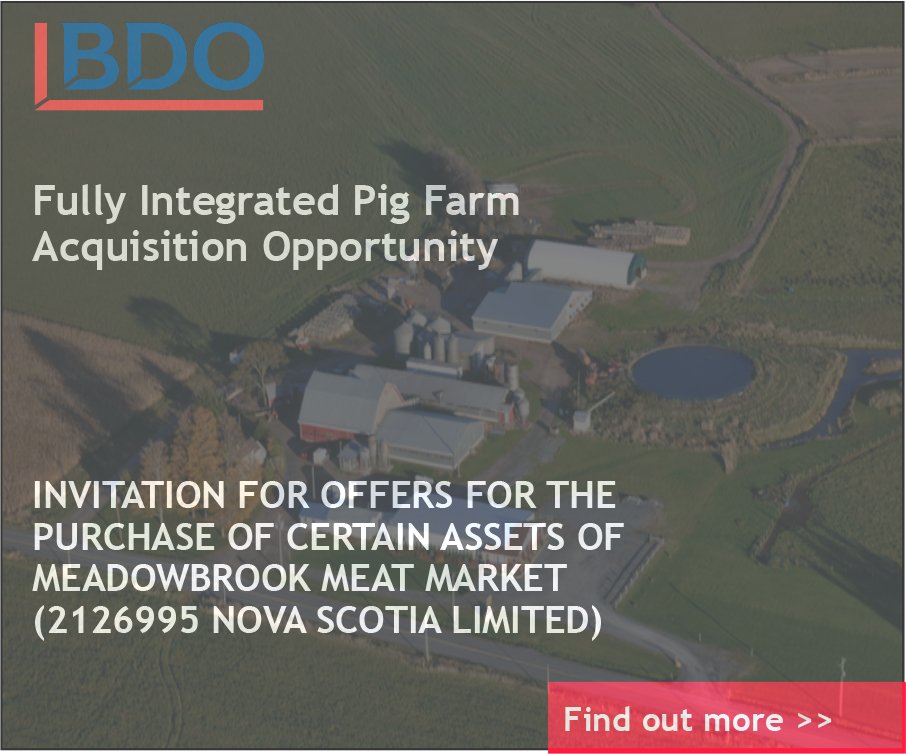Protected production a solution amid climate change chaos
/by Talia Plaskett
As we reflect on the 2020 growing season, there is one undeniable conclusion: the climate is changing. Amongst the chaos of labour shortages and a global pandemic, farmers were faced with high temperatures, intense humidity, and a dramatic reduction in rainfall.
A changing climate means a new suite of conditions for farmers to deal with. Not only are we talking about unpredictable rain, temperatures, humidity, and frost, but evolving populations of pests and diseases as well. Insects and fungal and bacterial diseases are getting harder to manage. Plants are preoccupied with adjusting to abiotic stresses and pests are reproducing faster and more often due to more favourable conditions.
However, amid all this chaos lies a solution: protected crop production to the rescue!
Protected crop production is the use of growing structures to shelter your crop. These structures can range from low tunnels to glasshouses to full-on indoor agriculture buildings. Each level of protection comes with an added degree of control over your growing space and the crop itself. By controlling the environment, you can better control how the plant grows, how fast it grows, and what your total yield will be.
One of the main benefits of protected production is the capacity for temperature control. This will vary depending on the type of structure you use, but there are significant benefits to employing even the most basic level of protection.
Caterpillar tunnels/low tunnels are the cheapest, most basic structures you can use. Instead of having your growing season cut short by late snowfalls and early frosts, the crop is protected and you’re able to take advantage of the shoulder seasons. These tunnels are typically easy to install and relatively cheap in the grand scheme of protected agriculture.
As you increase the complexity and the isolation of your growing space from the outdoors, you increase the ability to control the temperature. Winterized hoop houses, glasshouses, and full-on indoor agriculture entertain the possibility for year-round production.
Growing structures also serve as a barrier to rain. Any berry or fruit grower knows the perils of a huge rain event on ripened and soon-to-be ripened berries, which can include the onset of moulds and rots, a massive upswing in water uptake causing the fruit to crack, and physical damage to the fruit as raindrops pummel it. Any degree of coverage, even a basic umbrella-style system, significantly decreases the loss of fruit due to water damage.
Because protected structures shelter crops from rain, growers using them must install irrigation systems. Although more frequent irrigation is necessary in an indoor space compared to an outdoor irrigation system, the water is used much more efficiently in protected crop production. The accompanying table, at lower left, illustrates this point quite nicely.
The creation of a barrier between the outdoors and your growing space limits the entry of a handful of pests. Not only is it more difficult for large critters such as deer, porcupines, and raccoons to sneak in for late-night snacks, it also restricts access for birds and certain types of insects. For those that can get into the space, there are management options available to reduce population sizes and damage.
There are many benefits associated with protected crop production. Plants grown in a regulated, well-suited environment can allocate their resources to producing fruits and vegetables, and are less susceptible to disease pressure. By minimizing the uncertainty surrounding external conditions, you can better predict your crop outputs and have more control over how they’re grown. You can also rest easy knowing that your inputs are being used to their maximum efficiencies compared to an uncontrolled environment.
Protected crop production will be an important tool for producing food in the future. With an increasing focus on resource efficiency while dealing with the reality of feeding an expanding population, growing indoors is a good alternative to traditional agriculture.
(Talia Plaskett is a protected crop specialist with Perennia Food and Agriculture Inc.)









